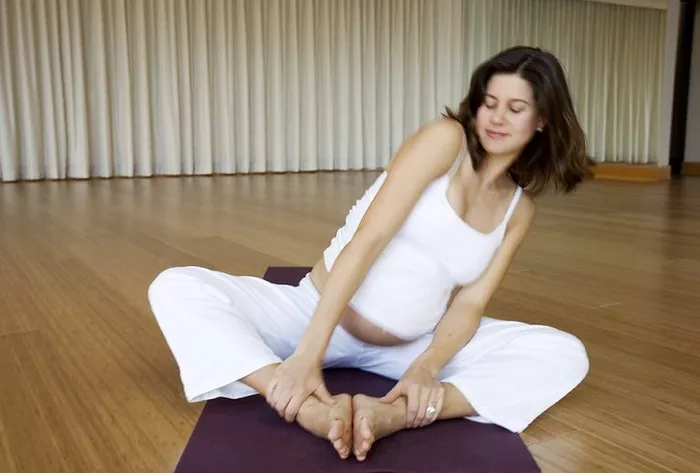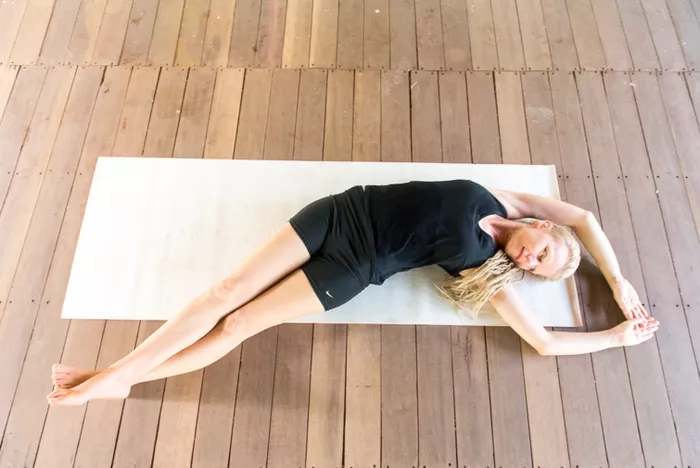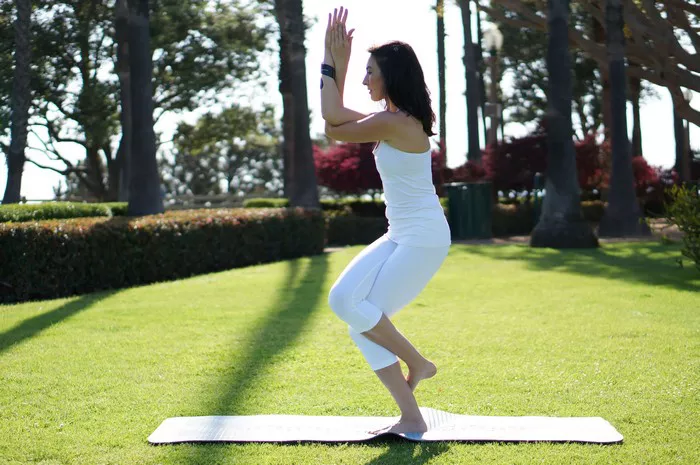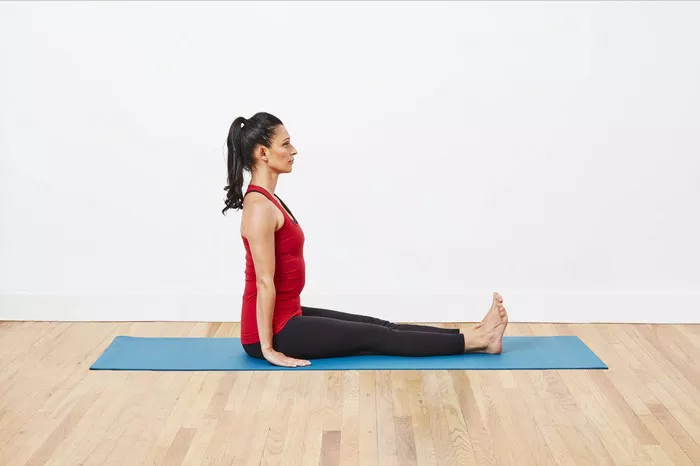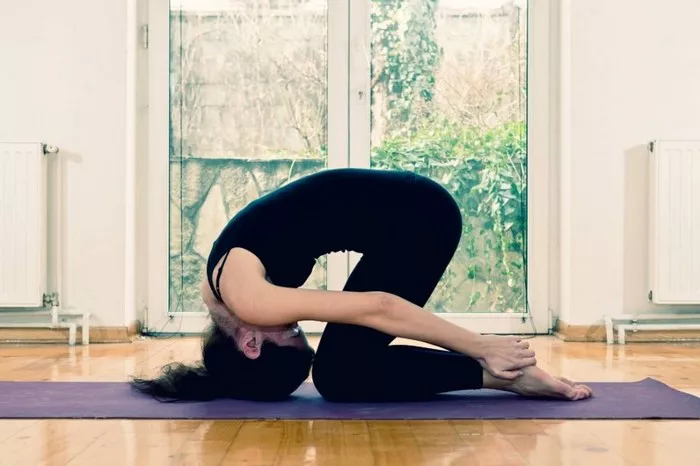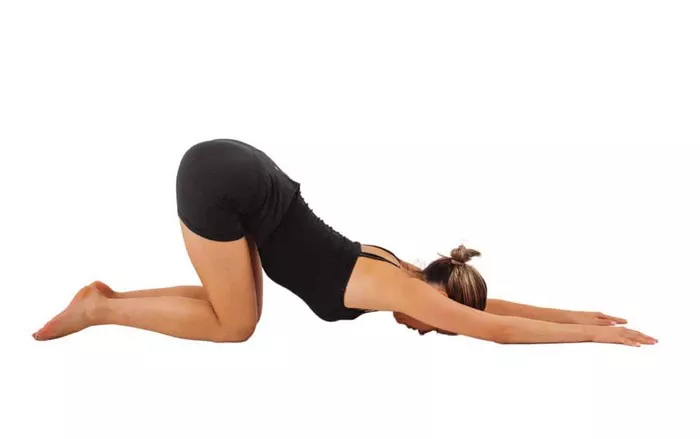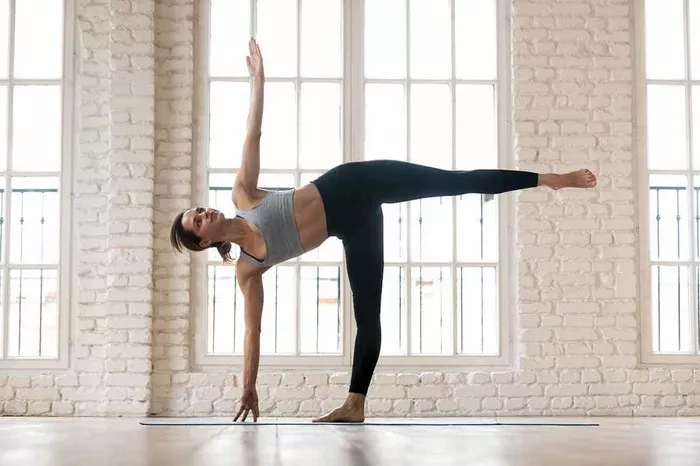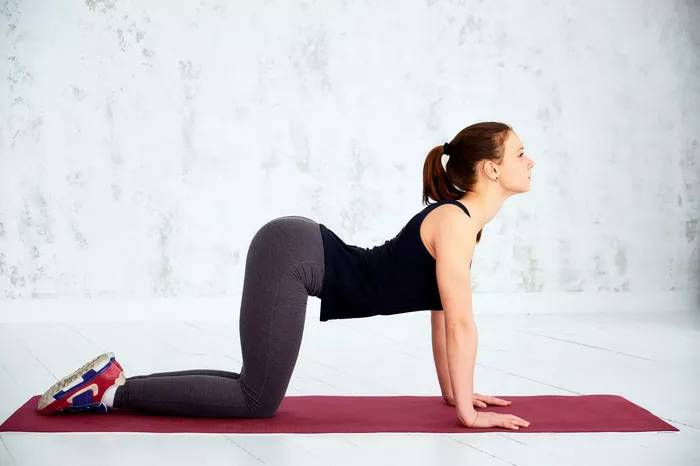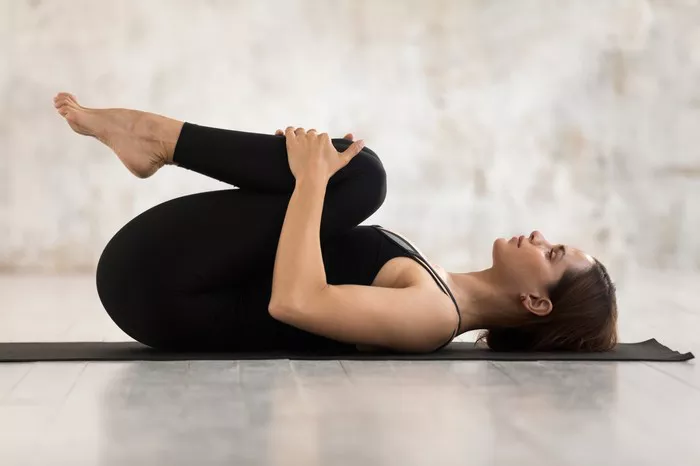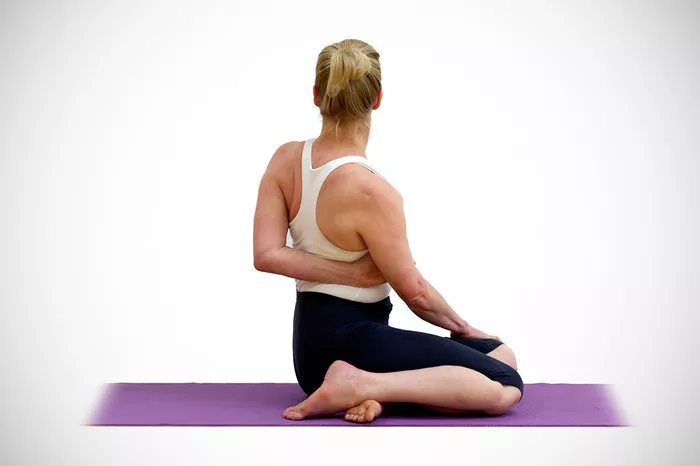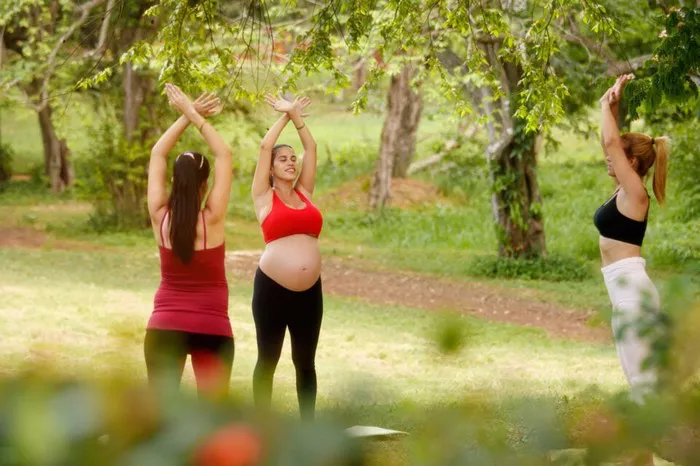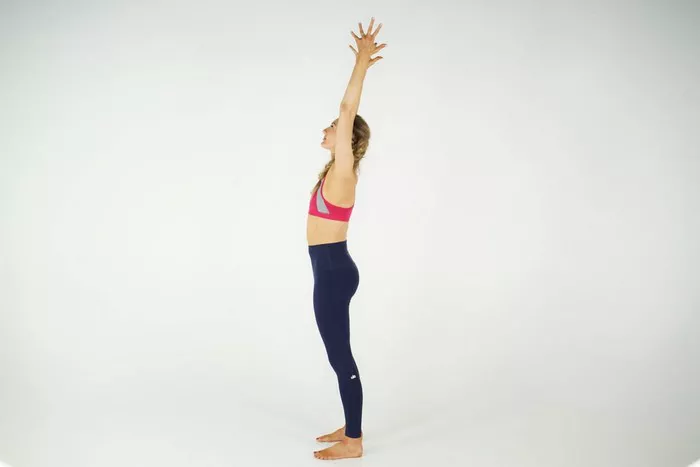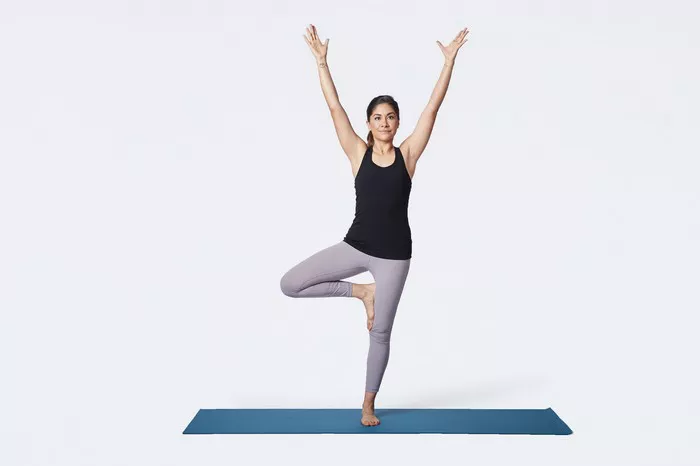Yoga is far more than a series of physical postures; it is a disciplined practice aimed at achieving balance in body, mind, and spirit. Traditionally, yoga follows a structured path comprising multiple stages or “limbs,” each designed to cultivate deeper awareness and mastery of the self. Understanding these phases is crucial for anyone seeking not just physical benefits but also emotional clarity and spiritual enlightenment.
The last phase of yoga, often misunderstood or overlooked, represents the ultimate goal of the practice. It is the stage where the practitioner moves beyond bodily movements and enters a state of profound inner stillness and union with the universal consciousness. In this guide, we’ll delve deep into what this final phase entails and how it fits into the broader framework of yogic practice.
The Eight Limbs of Yoga: A Brief Overview
To understand the final phase of yoga, it’s essential to first grasp the complete structure as laid out by the ancient sage Patanjali in the Yoga Sutras. These are known as the “Eight Limbs of Yoga.”
- Yama – Ethical disciplines such as non-violence, truthfulness, and non-possessiveness.
- Niyama – Personal observances like cleanliness, contentment, and self-discipline.
- Asana – Physical postures that promote physical health and comfort.
- Pranayama – Breath control practices that regulate life force energy.
- Pratyahara – Withdrawal of the senses from external objects.
- Dharana – Concentration or single-pointed focus.
- Dhyana – Meditation or uninterrupted flow of concentration.
- Samadhi – The final phase: a state of complete absorption and unity with the divine.
Each limb builds upon the previous one, and the journey is not necessarily linear. However, the final limb—Samadhi—is widely recognized as the pinnacle of yoga practice.
What is Samadhi?
Samadhi is a Sanskrit term that means “union,” “integration,” or “absorption.” In yogic philosophy, it refers to the state in which the individual self merges with the universal consciousness. It is a profound experience marked by inner peace, stillness, and transcendence beyond ego and thought.
This stage cannot be easily described in words because it is a state beyond the intellect. Practitioners often describe it as a feeling of pure bliss, timelessness, and complete oneness with everything. It is not just a meditative state but the culmination of all the yogic efforts leading to liberation or moksha.
Types of Samadhi: Gradations of Awakening
According to classical yoga texts, Samadhi is not a monolithic experience. There are different types or stages of Samadhi, reflecting the depth and nature of the meditative absorption. These include:
1. Savikalpa Samadhi
This is the initial stage where the meditator still retains a sense of individuality. Thoughts, images, and sensations may arise, but the practitioner remains rooted in awareness. It is considered a “conditioned” Samadhi because the experience is influenced by the mind’s activity.
2. Nirvikalpa Samadhi
This is a deeper, more advanced stage where all mental activity ceases. The ego dissolves, and the individual becomes one with the infinite. There is no awareness of body, time, or self—only pure consciousness remains. This state is beyond thought, memory, and identity.
3. Sahaja Samadhi
Sahaja means “natural.” In this state, the practitioner returns to normal daily life but retains the awareness of unity and stillness. It represents the embodiment of Samadhi in everyday actions and is often described as the goal of spiritual practice.
How to Approach the Final Phase
Reaching Samadhi is not about ambition or achievement; it is about surrender and alignment. Although the path may appear steep, it becomes accessible with dedicated and sincere practice over time. Here are some foundational practices to support your journey toward the final phase:
- Daily Meditation: Consistency in meditation trains the mind to remain still and receptive.
- Breathwork (Pranayama): Controlled breathing helps to purify energy channels and enhance focus.
- Ethical Living (Yamas and Niyamas): Living with integrity and inner discipline lays the groundwork for deeper experiences.
- Study of Scriptures (Svadhyaya): Reading spiritual texts can inspire and clarify one’s understanding.
- Seeking Guidance: A qualified teacher or mentor can offer invaluable insights and support.
Common Misconceptions About Samadhi
Despite its significance, Samadhi is often misunderstood. Below are some common misconceptions:
“It’s only for monks or ascetics.”
While Samadhi requires discipline, it is attainable by anyone sincerely pursuing the path, regardless of lifestyle.
“It’s the end of the journey.”
Rather than a final stop, Samadhi opens the door to a higher state of living. In Sahaja Samadhi, life continues—but with depth, awareness, and peace.
“It can be forced.”
Samadhi is not something to be achieved through willpower. It arises naturally when the conditions are right, like a flower blooming in the sun.
The Psychological Impact of Samadhi
Entering a state of Samadhi has transformative effects on the psyche. It often brings:
- Profound inner peace: Anxiety and restlessness are replaced with calm presence.
- Dissolution of ego: The sense of separateness diminishes, leading to compassion and understanding.
- Enhanced perception: Many report increased clarity, intuition, and creativity.
The effects are not just mystical but deeply practical, often leading to a more centered and fulfilling life.
Real-World Applications of the Last Phase
You might wonder how a transcendental state like Samadhi applies to everyday life. Interestingly, those who touch this state—even briefly—often report long-term benefits in areas such as:
- Decision-Making: A quieter mind is more capable of making thoughtful, conscious choices.
- Relationships: A deeper sense of connection and empathy enhances personal and professional relationships.
- Resilience: The inner strength cultivated through deep meditative states provides a solid foundation during life’s challenges.
The Role of Devotion and Surrender
While the path to Samadhi involves disciplined practice, it also requires bhakti, or devotion. Devotion doesn’t mean religious adherence, but rather a heartfelt surrender to a higher power, truth, or purpose. This surrender softens the ego and opens the heart, making one more receptive to divine consciousness.
Some practitioners reach Samadhi not through strict intellectual discipline but through love and devotion alone. This reminds us that the path to ultimate yoga is as diverse as those who walk it.
Warnings and Ethical Considerations
With the growing popularity of yoga in the West, many claim mystical experiences or sell shortcuts to Samadhi. It’s important to proceed with discernment:
- Avoid teachers who promise instant enlightenment.
- Be wary of substances or “quick fixes” marketed as spiritual tools.
- Always anchor your practice in humility and ethical behavior.
Yoga is not a race; it’s a lifelong unfolding. Approaching it with sincerity, patience, and openness is the most reliable path.
Final Thoughts
The last phase of yoga—Samadhi—is not merely a destination but a way of being. It reflects the blossoming of the spirit, where the practitioner no longer seeks fulfillment outside but discovers it within. While the journey may be long and the path subtle, every step toward this inner union enriches life with clarity, peace, and profound joy.
In the end, yoga is not about becoming something else but about remembering who you truly are. Samadhi is that remembrance—a sacred homecoming to the truth of your existence.
Related Topics:

